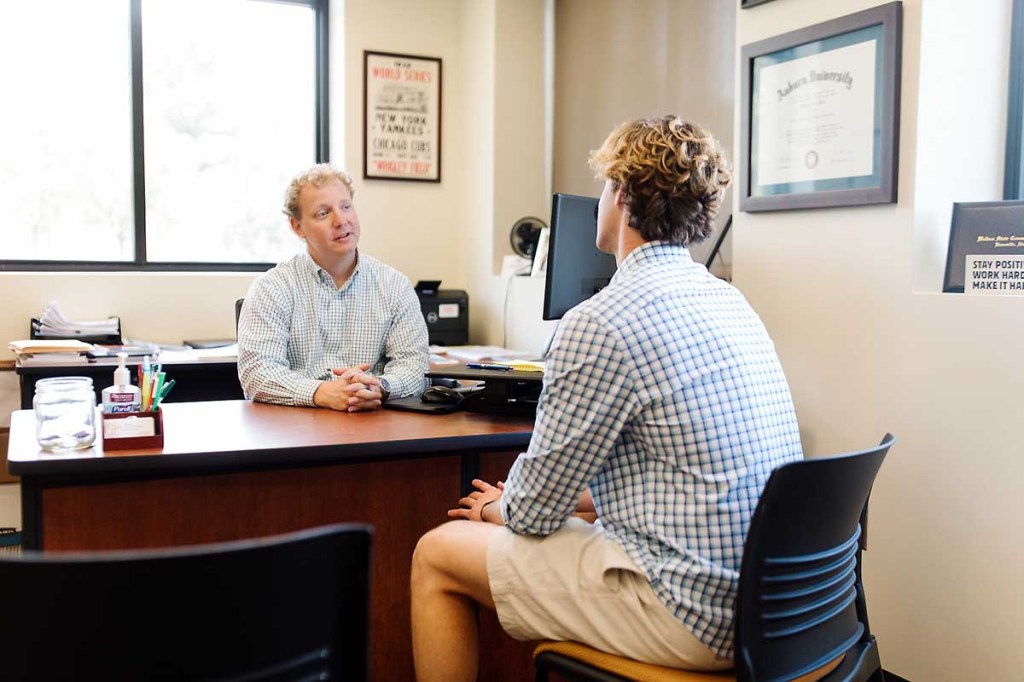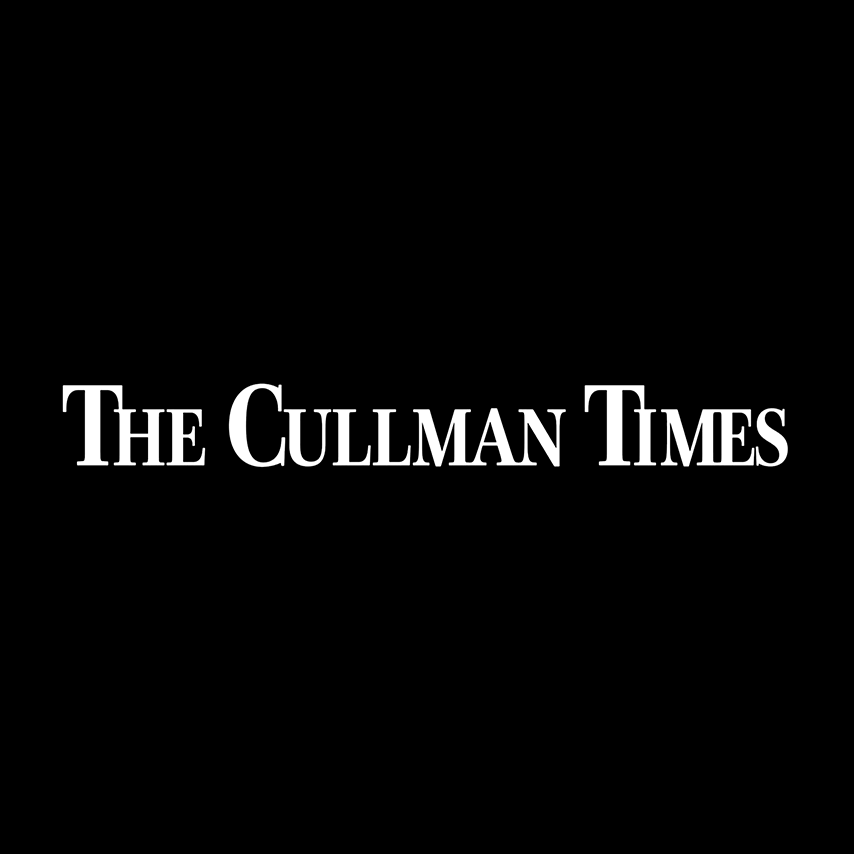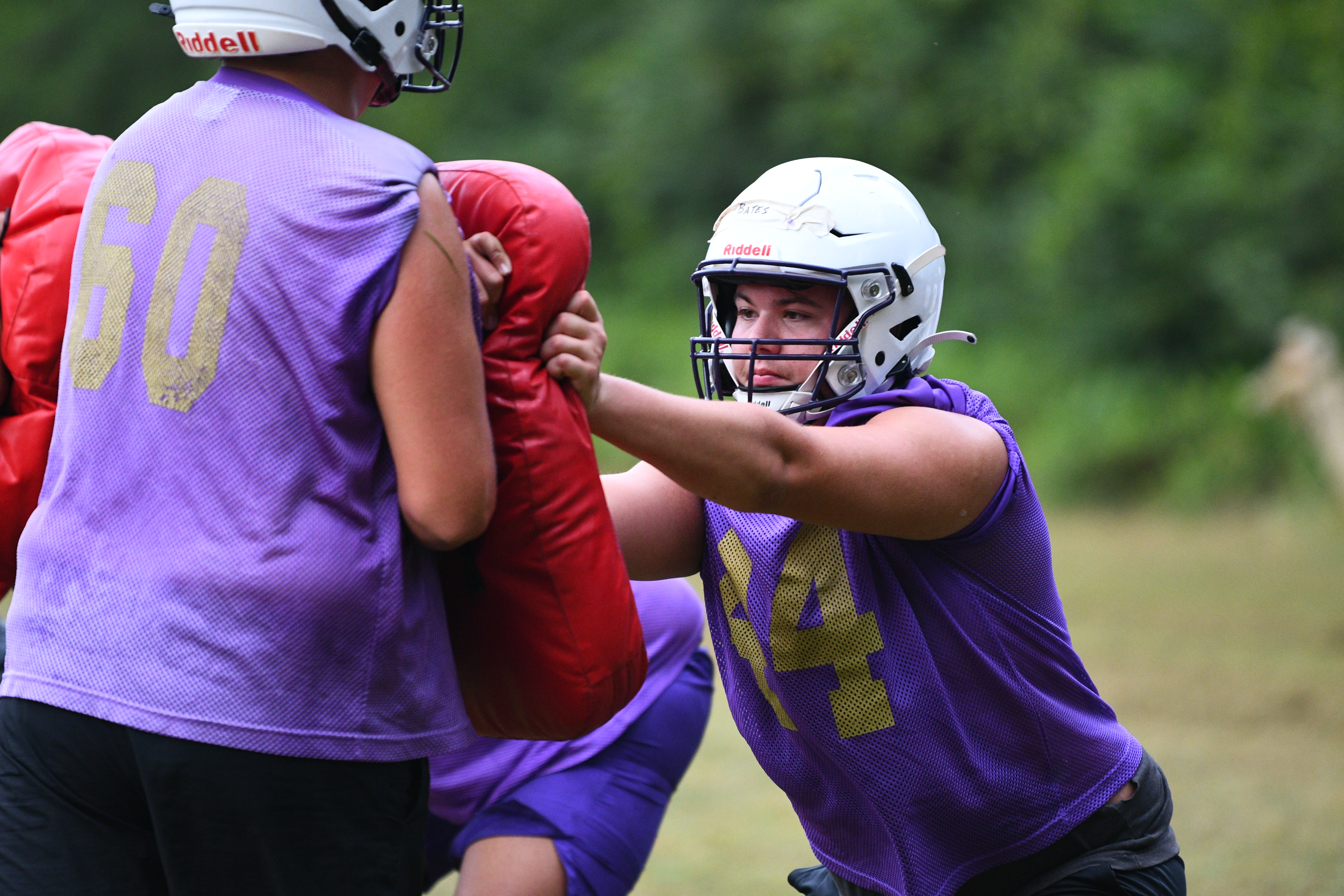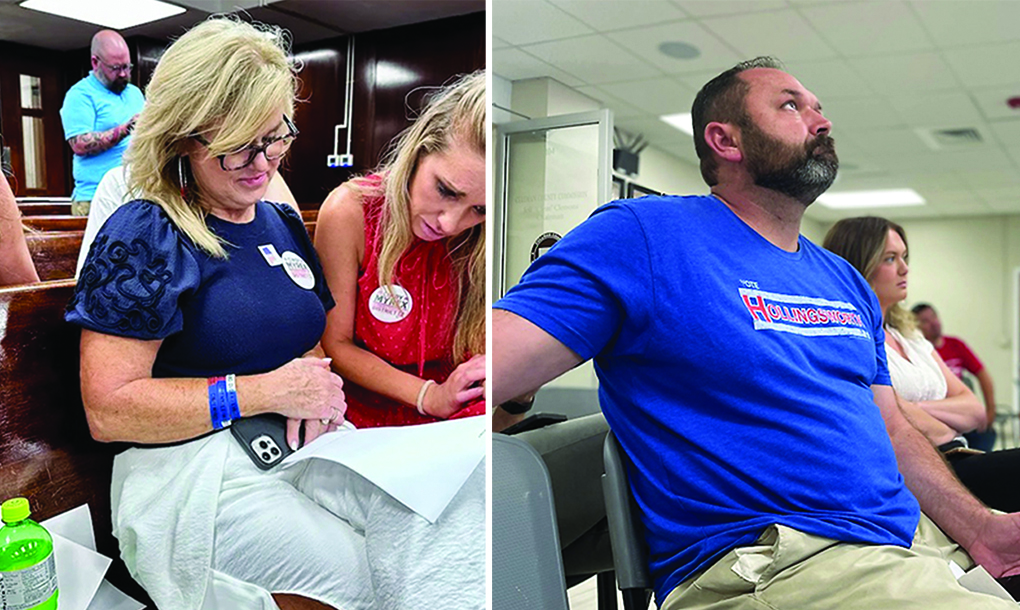Covering the gaps
Published 4:15 pm Sunday, August 14, 2022

- Wallace State Director of Student Success Whit Rice meets with a student.
Students who were in their sophomore year of high school are now entering their freshmen year of college, and the continued ripple effects of the COVID-19 pandemic have some educators concerned that incoming students — who received the bulk of their high school education during a worldwide pandemic — may be unprepared.
High school and college administrators have been actively working to mitigate the effects of long-term remote learning. They refer to it as ‘learning loss.’
Trending
“We have implemented many strategies from remediation to after-school tutoring and summer reading camps, but none of these strategies are going to get us where we need to be overnight,” said CCBOE Superintendent Shane Barnette in an email. “We are growing kids, and learning is increasing exponentially. I think one of our greatest struggles has been in the area of social and emotional learning. Humans were not made to be solitary beings. Getting students back socially and emotionally where they need to be and dealing with every day stressers is a challenge.
“Cullman County Schools have a counselor at every school, employs four wonderful social workers, and partner with a mental health organization that comes on campus to provide additional support. While this is a challenge we continue to find ways to overcome this challenge.”
Secondary Curriculum and CTE Coordinator for CCS, Lindsay Brannon said that her district has been proactive in combatting the effects that the pandemic had on their students.
“We knew and expected there to be gaps in learning due to this pandemic. Cullman High School strategically met across grade levels to identify skills and knowledge that were not taught as a result of remote or hybrid learning,” said Brannon in an email. “Despite the skills being in a prior year’s standards, teachers made a commitment to meet the students where they were, and teach the skills students missed due to the pandemic.
“We put a renewed focus on small group instruction and made sure to remediate and bridge the gap in instruction. All of our teachers did a fantastic job of doing what needed to be done to ensure student success! The Alabama Department of Education did a good job of working with academic leaders to identify critical standards within each course of study. These critical standards are skills and knowledge students must demonstrate proficiency in to ensure academic success. Teachers modified their pacing guides to ensure the critical standards were taught. The remainder of the instructional time was spent remediating students to bring them up to grade level. Cullman High School had to condition our students when we returned to a more structured schedule. We put a focus on developing interpersonal skills by focusing on speaking and listening skills and working together in collaborative groups. We limited screen time and gave multiple brain breaks. Everything we did was intentional and strategically planned to not only mitigate learning loss but to support students in every facet of their well-being. This was all a group effort between central office personnel, administrators, teachers, and students.”
Due in part to these measures taken by local schools Wallace State Community College Director of the Center for Student Success Whit Rice said that WSCC has not seen any significant drop-off in students who placed in college level English and Math courses when compared to pre-COVID years.
Trending
“I think that those numbers are a tribute to the high quality of high schools in our area,” Rice said.
WSCC uses a three-tiered system for placing incoming students into college level classes which first looks at a student’s ACT scores before checking high-school GPA scores. A student is then able to take a placement exam before being placed into a remedial or developmental course.
WSCC Director of Title III Christine Wiggins said that it is this tiered placement model that has her concerned for this year’s incoming college students.
“My concern is that right now high school grades are not truly indicative of a student’s abilities,” Wiggins said.
It was for this reason that Wiggins developed a state-funded Summer Bridge program designed to prepare students for fall enrollment. The course offered students who had scored under the threshold on their ACTs a three-week long boot camp in Math and English Comprehension. Of the ten Cullman area students who participated in the program, Wiggins said that the consensus was nearly unanimous that they felt underprepared for the upcoming school year.
“They said that [remote learning] was not what they had come to know as school. There weren’t really any type of social effects that I noticed, but they were all very aware of the fact that they were not ready academically for college,” Wiggins said.
Sixty percent of the students who participated in the bridge program saw enough increase in their placement test scores to place into college level English and/or Math courses. and all of the students surveyed said that they would recommend the program to their peers.






